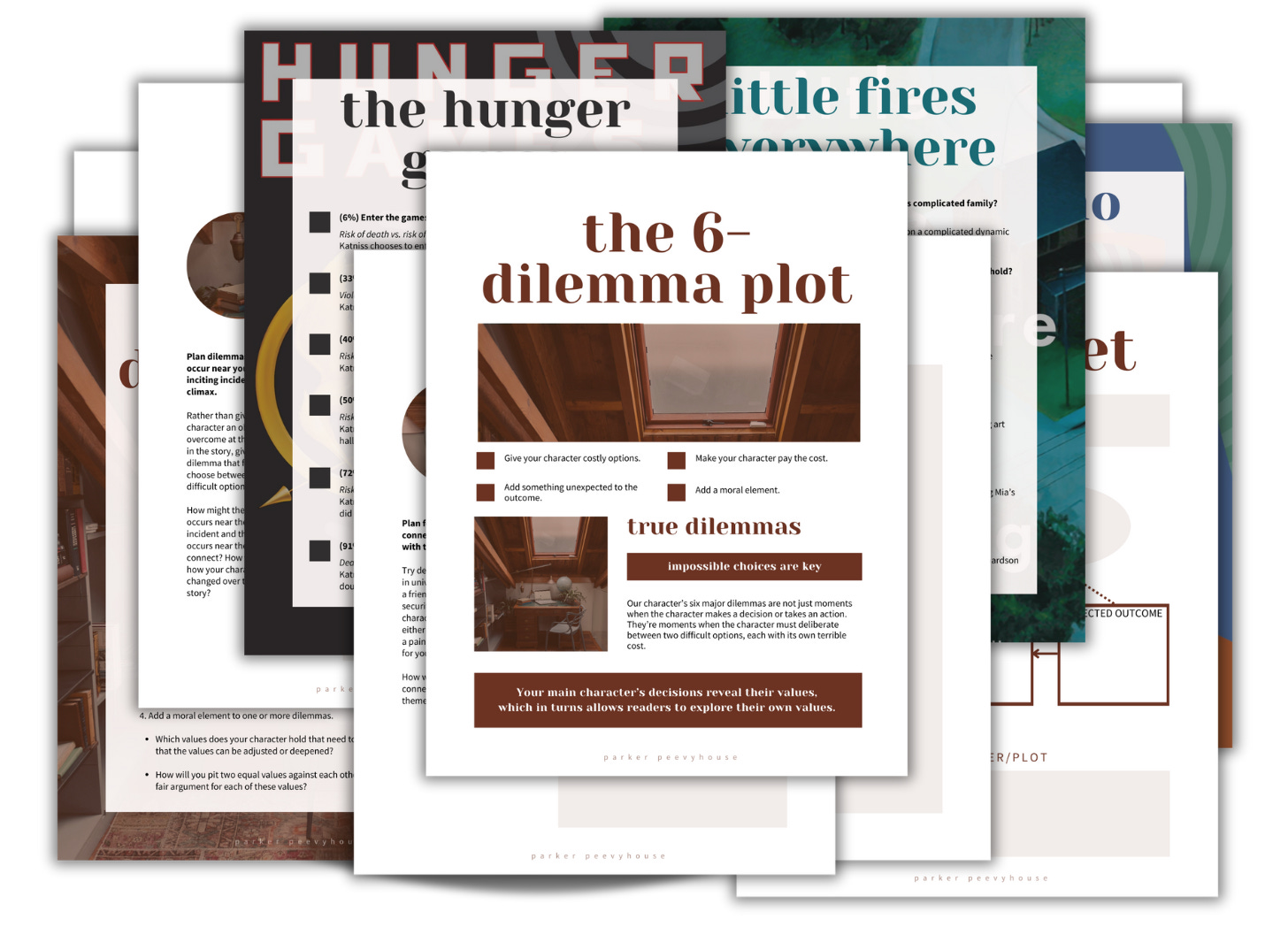Hey, look—it’s a new feature! Many of you have asked if we can do a writing class right here on The Writer’s Attic. Today we have a mini-class on plot…
I recently visited a high school classroom to talk about writing and publishing, and one part of my presentation got all of the students excited, as it always does: a choose-your-path game based on my novel The Echo Room.
To play the game, the students must decide together how to navigate a series of difficult choices. Do they approach the stranger or explore their surroundings? Do they investigate a noise or hide? The results of their choices are sometimes good and sometimes disastrous. (You can actually play the game here—click the link and scroll down to “Activities.”)
I find this to activity to be a far better introduction to the novel than any slideshow or talk, and here’s why: one of the most powerful ways we engage with a story is to experience the main character’s difficult decisions.
In fact, when I first tried to publish The Echo Room, editors rejected it because they found the final quarter of the novel to be unengaging. Which made no sense to me! I mean, someone dies near the end of the novel. The characters are being hunted and almost don’t escape. But soon, I understood—
The main characters weren’t faced with any dilemmas toward the end of the novel. They had a difficult plan to carry out, and they overcame plenty of obstacles. But obstacles are never as interesting as dilemmas. Once I realized this, I rewrote the ending of the novel and got a book deal from Tor Teen.
Today, we’re going to look at a theory put forth by one of my favorite writing teachers, Matt Bird: a character must make six difficult decisions spaced out over the course of a story.
I’ll show you some examples of great stories that demonstrate this theory, and then I’ll show you how to map out your own story so that your plot is built around six dilemmas. You’ll also get to download a pdf writing guide.
This post is part of a new series I’m trying out called The Writer’s Attic Classroom. The rest of this post is available only to paid subscribers, but if you’d rather not join in, you can check out a short post about Matt’s theory over on his own blog.




